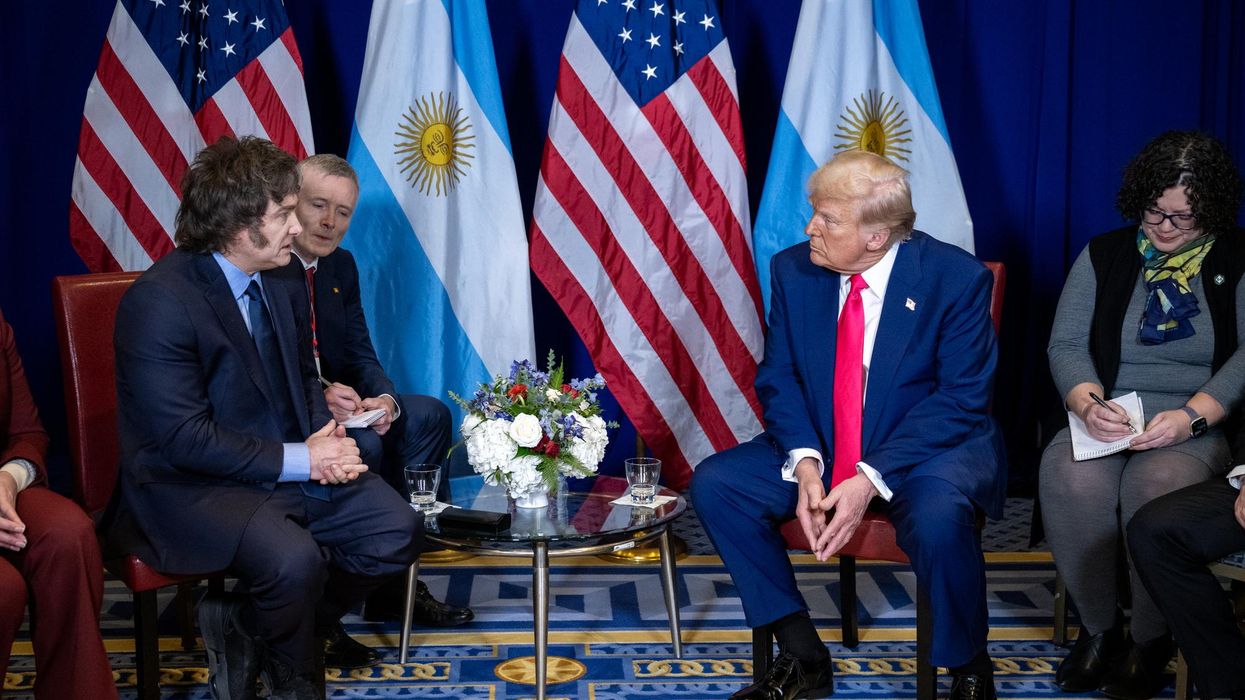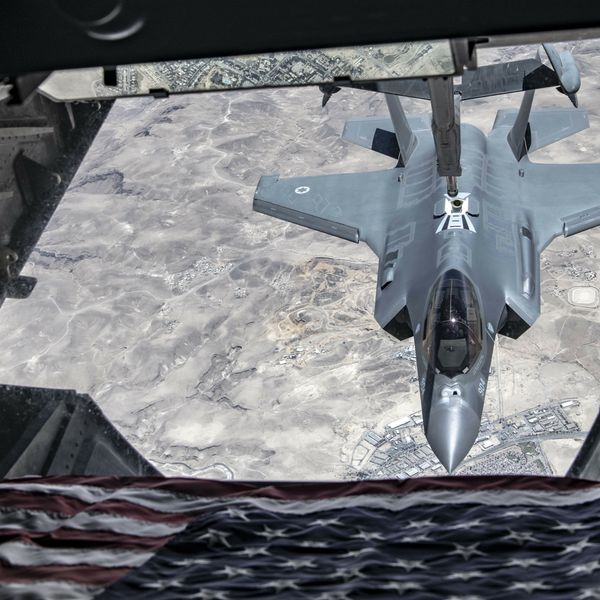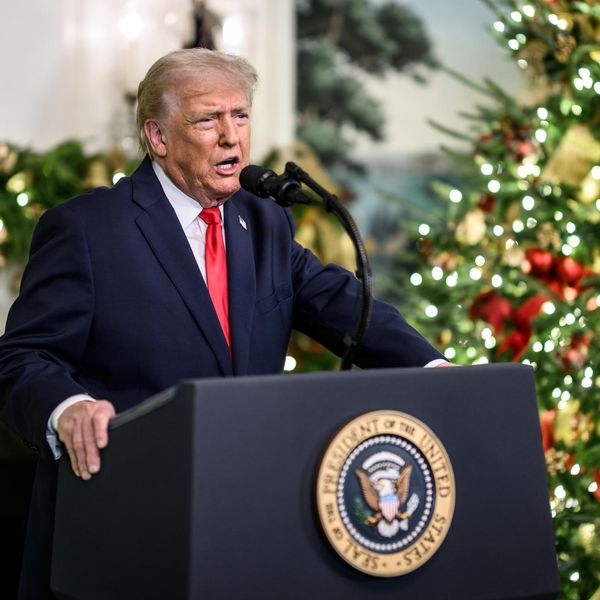August 2021 saw the Taliban return to power in Afghanistan after a two-decade hiatus.
Soon after the Taliban takeover, a key question emerged: were the Taliban the same kind of group that had imposed a reign of terror between 1996 and 2001, organizing public executions in football stadiums, secluding women at home, and forbidding music and cinema? Or had the Taliban somewhat moderated their extreme positions, aware that a return to their former practices would antagonize major sectors of the population and condemn Afghanistan to international isolation?
By the time Hassan Abbas, a professor at the National Defense University in Washington, DC, completed the manuscript of his book “The Return of the Taliban: Afghanistan after the Americans Left,” the Taliban had been ruling Afghanistan for over a year and a half. Abbas, drawing on his knowledge of Afghan politics and an impressive network of sources inside and outside Afghanistan, reaches a mixed verdict when assessing whether it is possible to speak of a “New Taliban.” In his view, it is uncertain whether the current version of the Taliban can, in contrast to its first period in power, behave as a less extremist movement prepared to make limited compromises.
Abbas sees the current Taliban as a group with at least two different souls. As he puts it, “there are two hands directing the show, only with different scripts.” This factionalism within the Taliban could be glimpsed in May 2022 when the leader of the movement, Hibaitullah Akhunzada, decreed that women must wear a burqa, a garment that fully covers the body and face of women. Two months earlier, he had announced that girls over sixth grade would not be allowed to go to school. Some of the more pragmatic Taliban in the ruling circle reportedly voiced their discontent in private. Muted dissent among some Taliban cabinet members was also the response when women were banned from attending university and working for international organizations in December 2022. Considering this, one could argue that there are indeed two scripts within the Taliban, but the hardline one is clearly coming out on top so far.
Understanding the power equilibriums within the Taliban remains an effort akin to Kremlinology. If the Soviet Union’s Politburo was famous for its opaqueness, the inner workings of the Taliban are no easier to grasp. What is clear to Abbas is that the Taliban have significant differences over policy and internal power struggles, to the point that “during the weekend, they may send spies to monitor each other’s every move.” Even so, “when Monday comes with a threat, they are united again.” And, in contrast to their first period in power, the Taliban have faced numerous threats since day one. During the U.S. withdrawal from Afghanistan in August 2021, an attack by the Islamic State in Khorasan, or ISIS-K, an affiliate of the Islamic State, killed more than 175 people at Kabul’s airport, most of them Afghan civilians but also 13 U.S. soldiers.
The attack was a prelude to what was to come. The Taliban and ISIS-K are currently engaged in a struggle that Abbas defines, in very clear terms, as “a war between the extreme and the ultra-extreme.” During the first year of Taliban rule, ISIS-K claimed 224 attacks in Afghanistan. Most of them were aimed at Taliban meetings but another frequent target was the Hazaras, an ethnic group most of whose members subscribe to Shia Islam, leading ISIS-K to see them as unbelievers.
In the intensification of a threat that already existed before the Taliban takeover, Shia processions and their education centers have been frequently attacked by ISIS-K during the last year and a half. The memory of the 1998 Taliban massacre of at least 2,000 people (most of them Shia Hazaras) in the northern Afghan city of Mazar-i-Sharif is very much present. Thus, it does not come as a surprise that Human Rights Watch has denounced the Taliban for having failed to implement the necessary measures to protect the Hazaras from ISIS-K.
But the strength of ISIS-K poses a double risk to the Taliban. The Taliban have taken pride in ending open conflict in Afghanistan after their takeover. By attacking Taliban members and civilians, ISIS-K puts into question whether this is really the case. At the same time, ISIS-K offers an even more radical option for disenchanted Taliban supporters. Its ranks could swell if the Taliban leadership were to reach compromises regarding the rights of women and minorities or relations with the international community.
As extremist as they are, we would be wrong to discard the Taliban as a group of “madmen” that are completely alien to the reality of politics. Their political skill could be easily observed in the course of the negotiations that led to the 2020 Doha Agreement between the United States and the Taliban. In exchange for the U.S. withdrawal from Afghanistan, the fundamentalist group agreed not to offer sanctuary to any terrorist organization.
This was not a promise they kept, however, as al-Qaida’s leader Ayman al-Zawahiri was located in a safe house in a residential area in central Kabul and killed by a U.S. drone strike in August 2022. It is unclear whether the Taliban leadership in Kandahar approved al-Zawahiri’s presence in Afghanistan, but at least some high-ranking Taliban must have been in the know. Al-Zawahiri was living at the property of a senior aide to Sirajuddin Haqqani, the Acting Minister of Interior in the Taliban government. Meanwhile, the Pakistani Taliban have regained strength after the military victory of their Afghan counterparts, and Afghanistan has become a safe haven for them.
Abbas makes a convincing case for international engagement with the Taliban. He argues that opening conversations with them is radically different from endorsing their exclusionary project, or even from accepting that they have undergone significant ideological change since the early 2000s. Substantive engagement with the Taliban offers the possibility of strengthening the internal position of the relatively moderate elements within the group. To be sure, there is no guarantee of success. This notwithstanding, Abbas notes that reaching out to the Taliban will, at worst, “result in the inflation of their egos—and at best will restore life to a nation and people who have long deserved peace and prosperity.”
According to the United Nations, Afghanistan represents the world’s largest humanitarian crisis in 2023. Two-thirds of Afghans need humanitarian aid. Taking this into account, Abbas’s call for a new international approach to the country appears to be an option worth trying. In “The Return of the Taliban,” the reader will find a fundamental work that brilliantly sheds light on the current situation in Afghanistan long after the focus of international media attention shifted elsewhere.
















